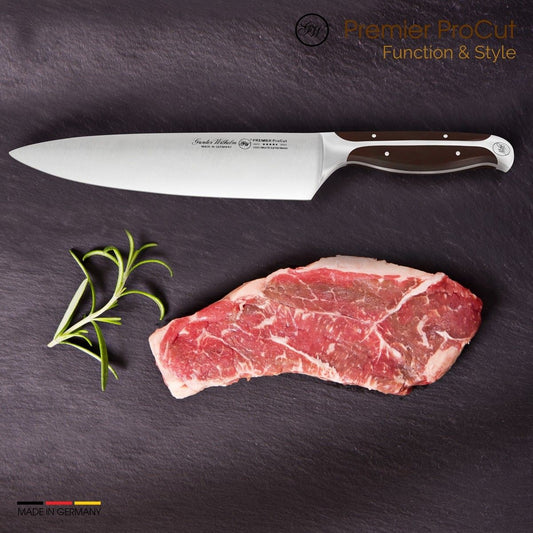West African Gold: Jollof, Egusi & Suya Enter the Global Spotlight

Deep, bold, and unapologetically flavorful — West African cuisine is finally getting the global recognition it deserves.
For years, the world’s culinary spotlight danced around the edges of Africa — grazing on North African tagines and South African braais, while leaving West Africa’s vibrant kitchen largely unexplored. That time is over. From London to Los Angeles, dishes like jollof rice, egusi stew, and suya are redefining what global comfort food tastes like. Complex, spicy, soulful — this is flavor with history, rhythm, and heart.
🔥 The Rise of West African Flavor
West African food is built on layers — of spice, smoke, and soul. It’s food that tells stories of migration, celebration, and survival. The region’s signature ingredients — scotch bonnet peppers, palm oil, smoked fish, and fermented locust beans — create a depth of flavor unlike anything else. “It’s not subtle,” says Nigerian-born chef Gbemi Alade. “It’s bold, emotional, and unforgettable. You don’t just eat West African food — you experience it.”
Global chefs have caught on. In 2025, West African cuisine is trending not as “exotic” fare, but as the next great culinary foundation — one as influential as Italian or Japanese. The secret? Authenticity, not adaptation. The world is finally ready for real spice.
🍚 Jollof: The Queen of the Table
No dish captures the spirit of West Africa quite like jollof rice — the tomato-based, one-pot wonder that sparks national pride (and friendly rivalry) from Nigeria to Ghana to Senegal. Simmered in rich spices and served with grilled meat or fried plantains, it’s the perfect balance of heat, sweetness, and umami. Jollof is more than food — it’s a cultural symbol, a party essential, and a point of joyful debate about who makes it best.
“Jollof is our identity,” laughs Ghanaian chef Nana Mensah. “We argue about it because we love it — and now the rest of the world does too.”
🥘 Egusi: Comfort in Every Spoonful
Thick, nutty, and deeply satisfying, egusi soup is the definition of comfort. Made from ground melon seeds, spinach, and savory spices, it’s rich and hearty, often served with pounded yam or fufu — a soft, dough-like accompaniment used to scoop up every bite. It’s a dish that showcases West Africa’s talent for turning humble ingredients into masterpieces.
In Western cities, egusi has become a favorite among adventurous diners and food critics alike, praised for its creamy texture and bold flavors. The dish proves that comfort food doesn’t have to be bland — it just has to be honest.
🍢 Suya: Street Food Royalty
Walk the streets of Lagos at night, and you’ll find the unmistakable aroma of suya — skewered meat seasoned with a fiery mix of ground peanuts, chili, ginger, and salt. Grilled over open flames and served with onions and spicy pepper sauce, it’s smoky, tender, and addictive. Suya has become a symbol of urban West African life — fast, flavorful, and full of personality.
Now, high-end restaurants are putting suya on tasting menus, while food trucks in New York and Berlin sell it wrapped in flatbreads with aioli twists. It’s proof that street flavor travels — and conquers.
🌍 Global Recognition at Last
The West African food wave isn’t just about taste — it’s about visibility. African chefs, long underrepresented in global gastronomy, are finally taking center stage. Pop-ups, cookbooks, and Netflix specials are spotlighting regional diversity — from Ghanaian stews to Senegalese thieboudienne.
Culinary institutions are catching on too. Food festivals like London’s “Africa on the Plate” and LA’s “Spice Route” are packed with sold-out West African tasting events. Diners aren’t just discovering new flavors — they’re discovering the cultures behind them.
✨ A Flavor Revolution
What makes West African cuisine so captivating isn’t just its spice or color — it’s its depth. Every bite carries history, migration, and creativity. It’s cuisine that refuses to be simplified, where every ingredient — from palm oil to chili — has a story to tell.
“We’ve been cooking this way for centuries,” says chef Gbemi. “The world’s just catching up.”
West African cuisine isn’t just entering the global stage — it’s owning it. Bold, proud, and full of gold.
Share:





